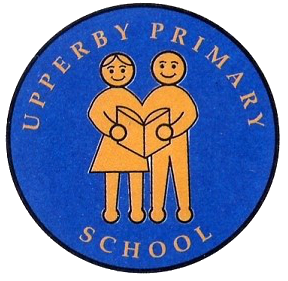English
Our reading coordinator is Mrs Boothman and our writing lead is Miss Ion.
Reading
Phonics
Supporting your child at home with phonics
The most important thing you can do with your child at home is read to them and with them each night.
Your child will bring home a reading book each week which matches their phonics level in school. Please read this book three times with them before returning to school to be changed. Children are also able to access the phonic book they have been reading in class through their Oxford Owl log in. This provides an extra reading book for you and helps the children become more confident with their reading in class.
If you would like to purchase a pack to support your child's reading at home please contact the office.
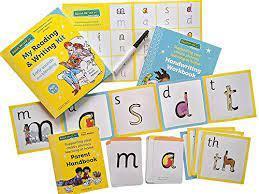
Read Write Inc.
We use Read Write Inc. Phonics which is a complete literacy programme for 3 to 6 year olds that are learning to read and write. The programme uses synthetic phonics to teach reading and it covers all of the National Curriculum requirements for literacy and language.
This approach:
- Gets children decoding and comprehending quickly. The special 'three reads' approach ensures that all children gain accuracy, fluency and a good understanding of the text.
- Ensures children read storybooks and non-fiction books matched to their growing phonic knowledge.
- Leaves no child behind. Initial and on-going assessment to track every child's progress.
- Prevents downtime. Direct teaching followed by partner practice means that every child participates in the whole lesson.
We begin using Read Write Inc. when our pupils are in nursery. The main focus in nursery class is language comprehension. It is vital to embed oral activities during the nursery years. To support our children in the Nursery we model speaking in whole sentences and do lots of talking throughout the day especially in play!
We model how to form sentences and get children to add their ideas and repeat these back! We use second tier vocabulary with children throughout the day to extend vocabulary for example we might say “Children, this morning Charlie looks sad. In fact, he does not just look sad, he looks upset and tearful”.
We have planned storybooks throughout the year that children grow to love, connecting them to the role play area and other areas of the Nursery environment, encouraging children to ‘jump in’, ‘join in’, use ‘phrases to keep forever’. We start with fairy tales and build up a wider bank of stories from here. These stories are in addition to the wealth of stories, nursery rhymes and songs that are part of the nursery day.
From early on the Nursery children are introduced to a carpet buddy and are encouraged to turn to their buddy to share ideas and answers. This leads into what will be expected of them later in reception when they begin more formal Read, Write, Inc sessions.
In reception, children start by learning the first 30 sounds in short, daily sessions. Pupils begin to read storybooks and non-fiction books that are closely matched to their developing phonic knowledge. The sessions are lively and interactive. They begin to write confidently and learn to spell using sounds that they know.
Their progress is assessed at the end of every half-term and they are grouped according to the level they are working at. This ensures that teaching is always focused precisely on what pupils need and the pace of learning is fast. If we are ever concerned about a child's progress in reading, we provide 1:1 intervention for 10/15 minutes a day to address this and accelerate their progress. These sessions are delivered by highly skilled support staff who have received specific Read Write Inc. 1:1 intervention training.
Most pupils complete the Read Write Inc. programme by the end of Year 1 and are ready to progress to the next stage of their learning. Read Write Inc Literacy and Language begins in year 2 and continues until Year 6 and is a complete literacy programme matched to the National Curriculum. The teaching of reading does not stop when children complete the Read Write Inc. Phonics programme. The skills of reading comprehension are a considerable focus of the Read Write Inc. Literacy and Language programme that children begin when they complete Read Write Inc. phonics.
This approach:
- Gives every child a deep understanding of what they read. Complete texts from leading authors are introduced using the special 'three reads' approach.
- Fully prepares every child for writing. The teacher models planning, drafting and revising texts. Children mirror this process.
- Teaches grammar in context. This enables children to apply grammar concepts to their own writing.
- Supports the grammar and punctuation aspects of the Key Stage 1 and 2 statutory assessments. It includes practice tests to build children's confidence.
- Creates articulate speakers. Children learn how to debate and present.
We have held various parent sessions during the autumn term, to demonstrate what Read Write Inc. is and also how you can support your child at home.
Reading for Pleasure
Rob Biddulph - Virtual Author Visit
On Thursday 8th December KS1 took part in a vitual author event with Rob Biddulph - otherwise known as Draw With Rob. They got a sneak peek of his new story An Odd Dog Christmas and also had a masterclass in how to draw an odd dog themselves! Children are enjoying reading the story in class.
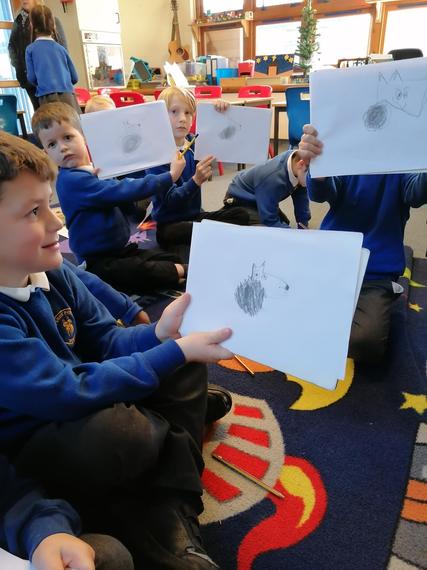
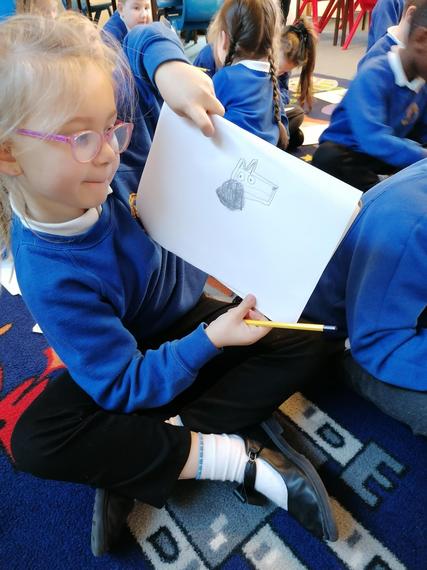
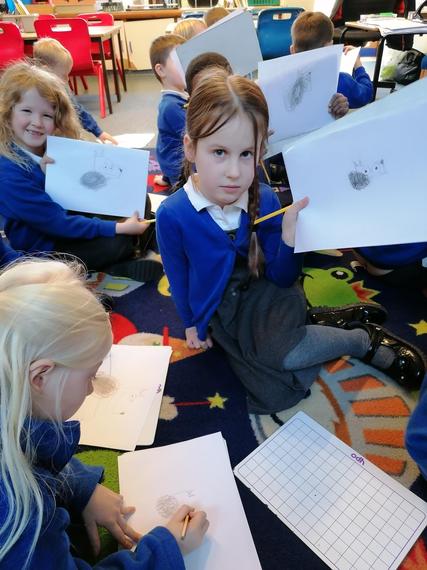
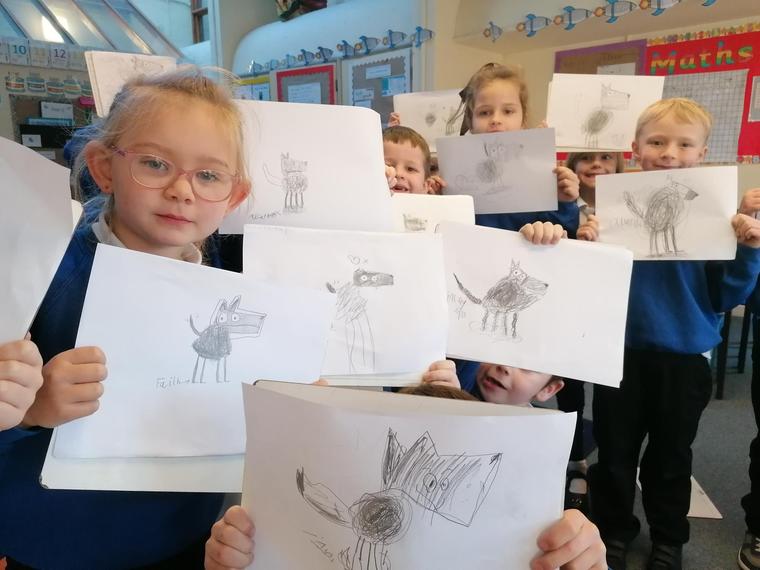
Reading Ambassadors
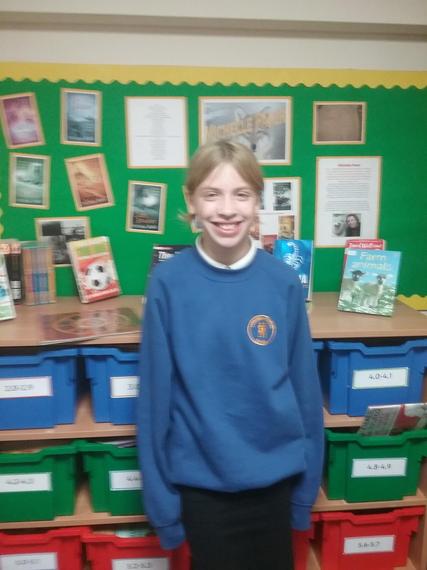
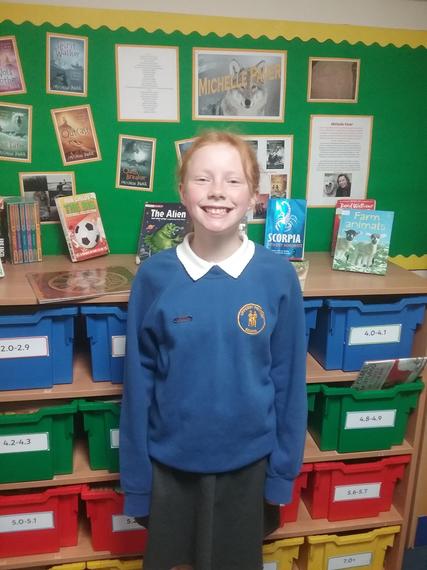
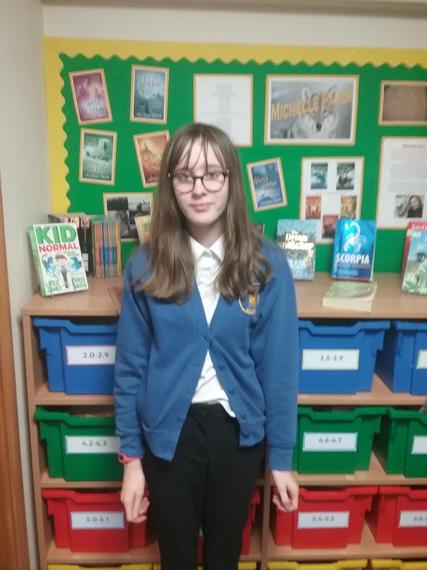
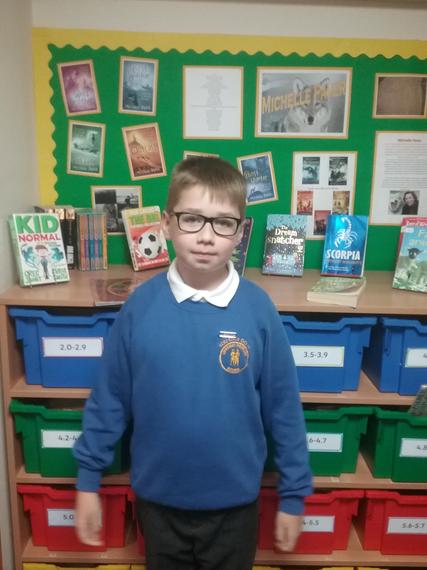
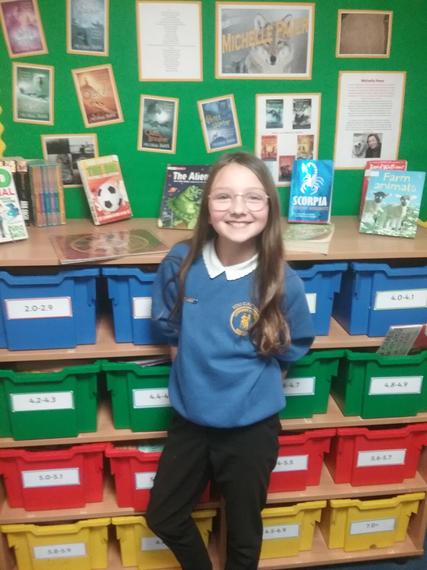
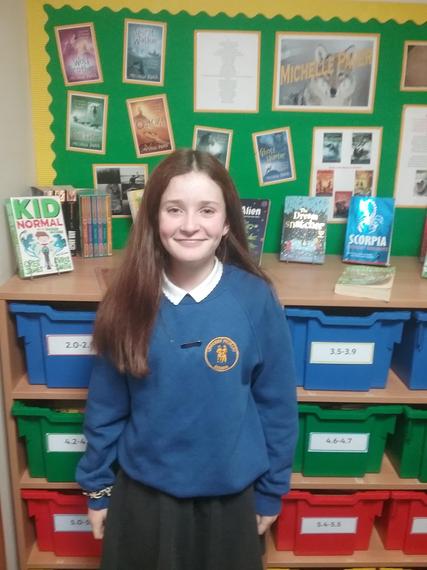
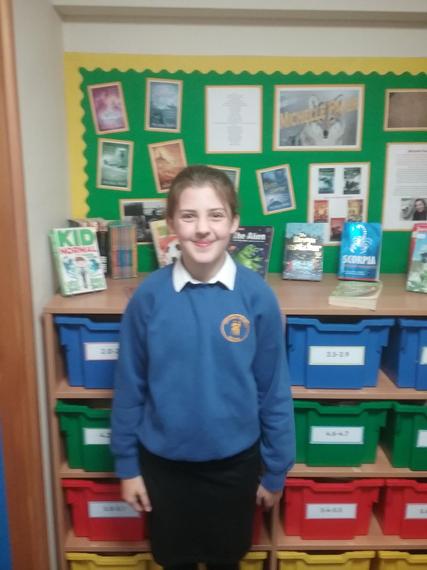
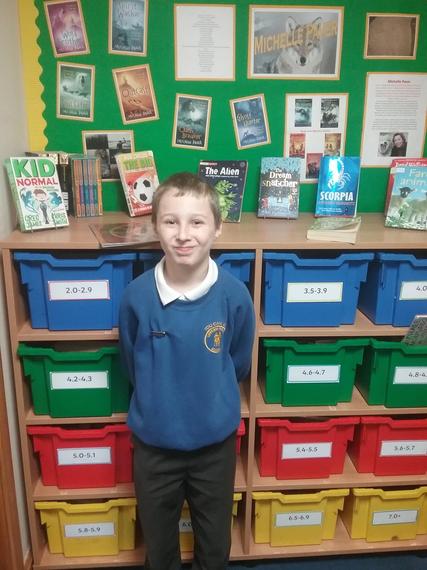
Our Year 6 reading ambassadors are proud to represent reading at Upperby. Over the course of the year they will be busy doing lots of jobs including making sure our library stays nice and neat and reading with some of our younger students. They are very excited to get started!
Writing
Writing Process
The Write Stuff
The Write Stuff is based on two guiding principles; teaching sequences that slide between experience days and sentence stacking lessons. With modelling at the heart of them, the sentence stacking lessons are broken into bite-sized chunks and taught under the structural framework of The Writing Rainbow. Teachers prepare children for writing by modelling the ideas, grammar or techniques of writing.
Key aspects of The Write Stuff system include:
🌟 The Write Stuff builds pupils’ confidence with sentence structure.
🌟 The approach widens the repertoire of writing options for pupils.
🌟 Pupils gain an understanding of the ‘whole’ piece that they are writing.
🌟 Organisation of their ideas and cohesion between them is strengthened.
Our writing process on our working walls
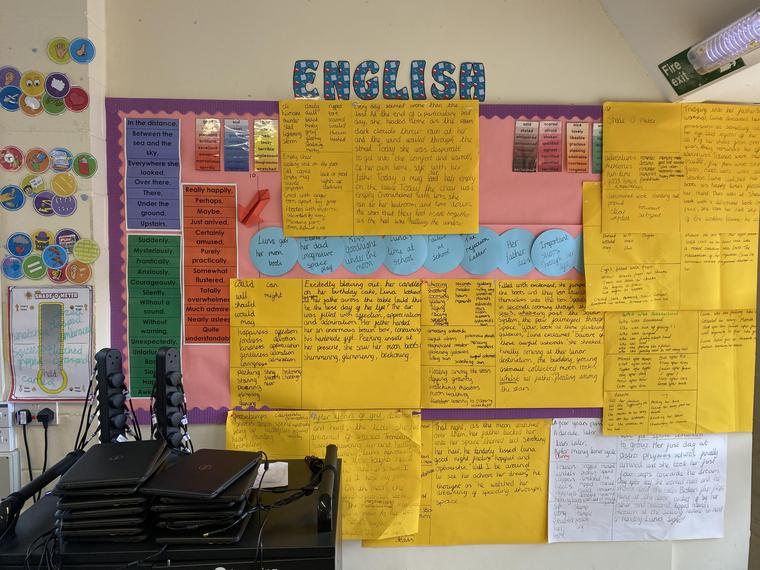
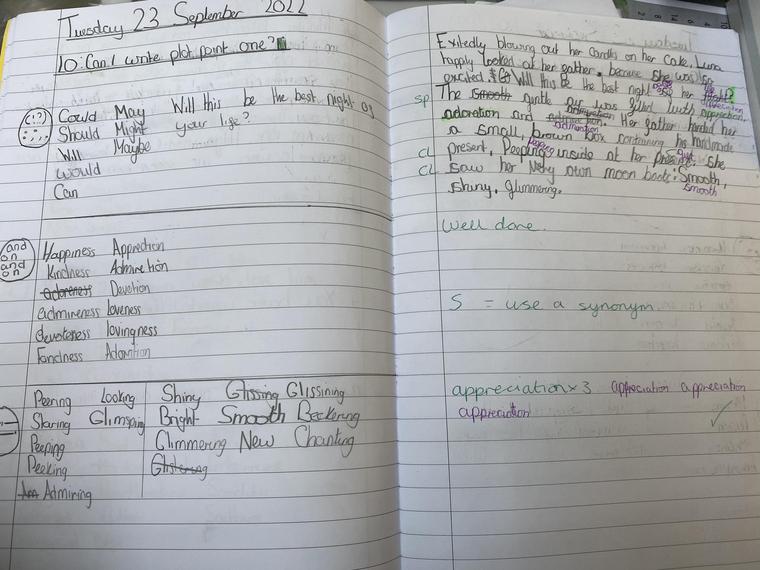
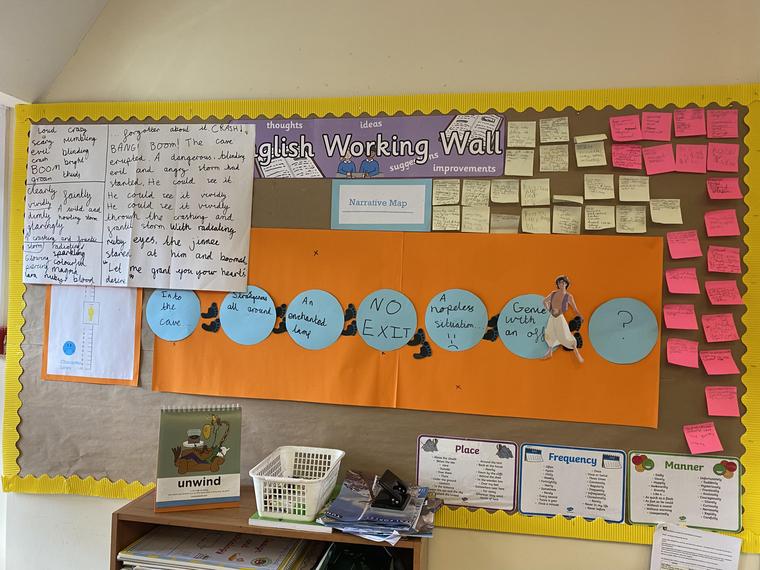
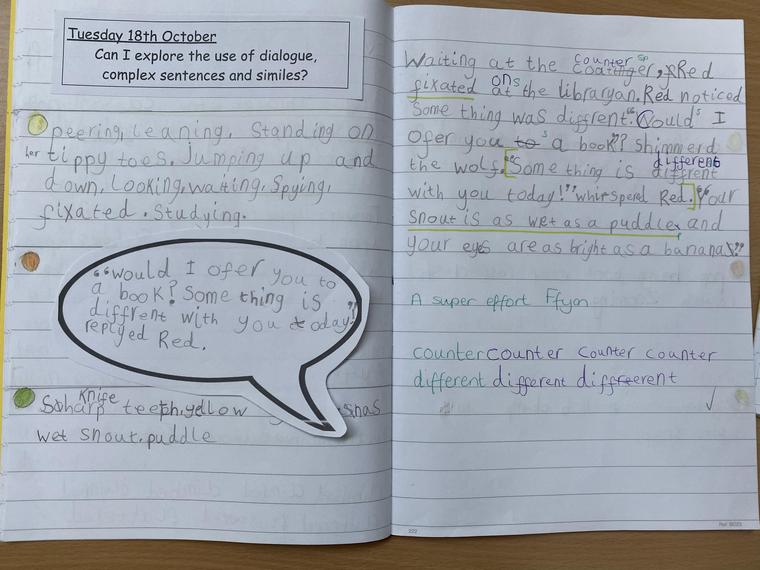
Intent
At Upperby Primary School we want pupils to enjoy writing for a range of purposes and feel confident communicating their knowledge, ideas and emotions through their writing. We believe that by exposing our pupils to high quality texts, films and providing drama opportunities, our children can acquire a wide vocabulary and the understanding of how to use what they have learnt effectively in their writing. We equip our pupils with the skills they need to become skilful writers. This includes developing their understanding of a range of grammar terminology and introducing spelling patterns to enable them to become accurate and confident writers. We want our pupils to write coherently and precisely, adapting their language and style to suit the range of contexts and audiences we write for. In addition, we want our pupils to take pride in their work and strive for consistent presentation, in part through the development of a legible, joined handwriting style by the time they move to secondary school. We encourage our children to edit and refine their writing, understanding this as an important skill in the writing process. This will enable our pupils to take possession of their writing and encourage their independence throughout the writing process.
At Upperby Primary School we recognise that writing is built upon the foundations of reading and the texts that we expose our pupils to. We encourage our children to read widely and develop their reading skills so that in turn they can become confident writers.
Implementation
Our writing curriculum is derived around a range of high-quality, age-appropriate texts and short films. Each stimulus is adapted by the teachers and used for a range of different writing opportunities, including drama and oracy tasks.
At EYFS, children are given a range of opportunities to explore their writing stimulus through mark marking in their continuous provision. As the children learn phonics using the Read Write Inc. approach, children are taught the correct letter formation and will begin to write words and short sentences using the sounds they are familiar with.
As children progress into Key Stage One and Key Stage Two the focus remains on high-quality stimuli and children are also taught the appropriate grammar and punctuation knowledge from the National Curriculum. Grammar is taught both discretely and alongside writing so that children can become familiar with a technique and learn how to apply it in their writing. Children will learn the features of a range of different text types which are continually revisited throughout their time at Upperby to ensure familiarity and confidence when writing for different purposes. Pupils are given time to explore a writing genre (often through discussion and drama); plan their own writing; see a modelled write; write independently; edit their work and present a finished piece of writing.
Spellings are taught according to the rules and words contained in Appendix 1 of the National Curriculum. Teachers use Spelling Shed to support their teaching of spelling and to provide activities that link with weekly spellings. Children are given spellings to learn as homework and are tested on these each week. Children are encouraged to use their learnt spellings within their writing and are taught how to use a dictionary and thesaurus to support their own spelling and word choice independently.
Cursive handwriting is taught at Upperby from Year Two. Teachers use Letterjoin to support their teaching of handwriting and children learn joining patterns progressively. Handwriting is taught in small bursts to ensure that children feel confident with the join they are learning.
Impact
We measure the impact and effectiveness of our writing curriculum in a variety of different ways. We use national and summative testing to assess pupils’ outcomes for Grammar, Punctuation and Spelling as part of the Statutory Assessment Tests (SATS for Year 6 pupils) and through termly summative assessments across school to ensure pupils’ progress can be evaluated. Additionally, pupils complete writing assessments on a half-termly basis which are assessed by teachers to inform of pupils’ next steps. Each year group (with the exception of EYFS) also completes a No More Marking assessment during the year which allows teachers to rank children’s progress and compare them nationally to other schools.
